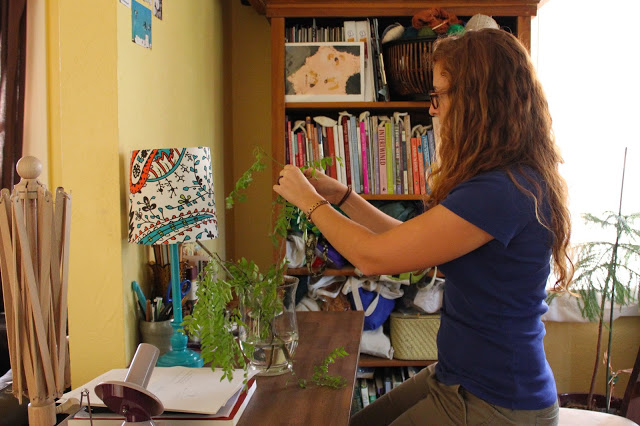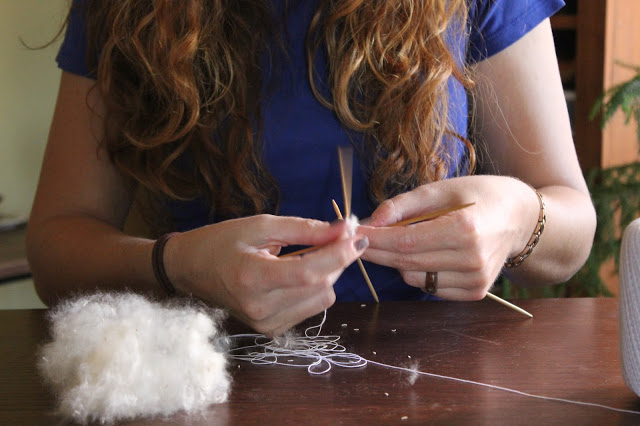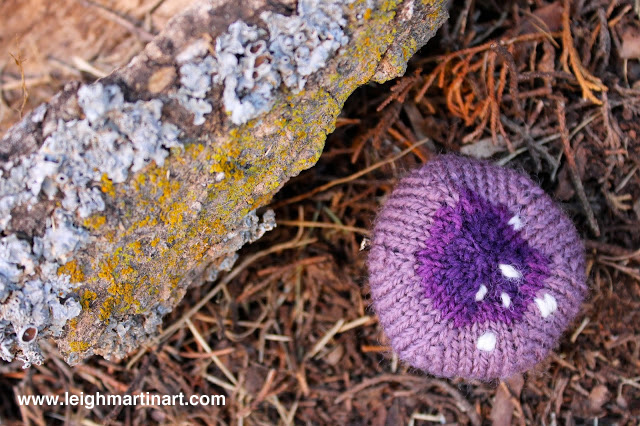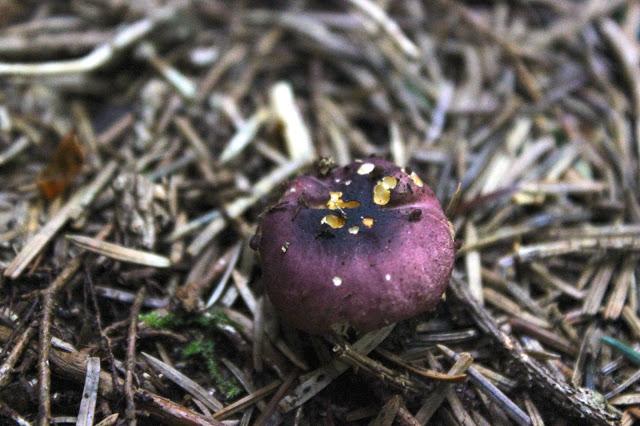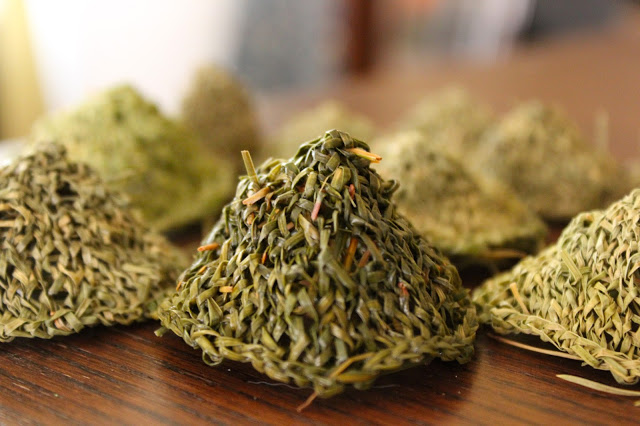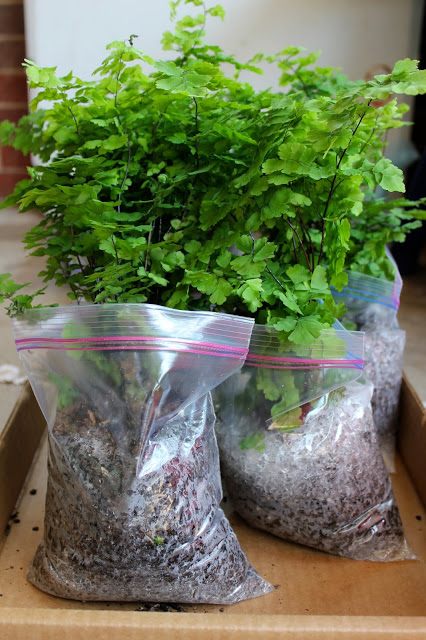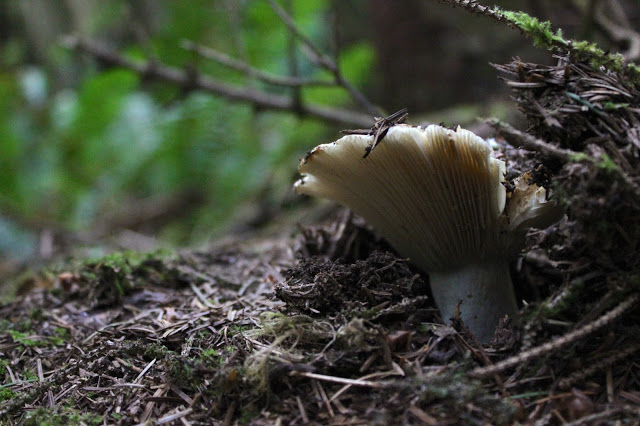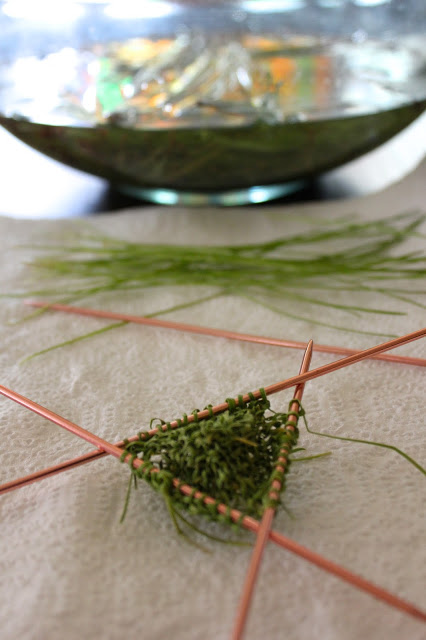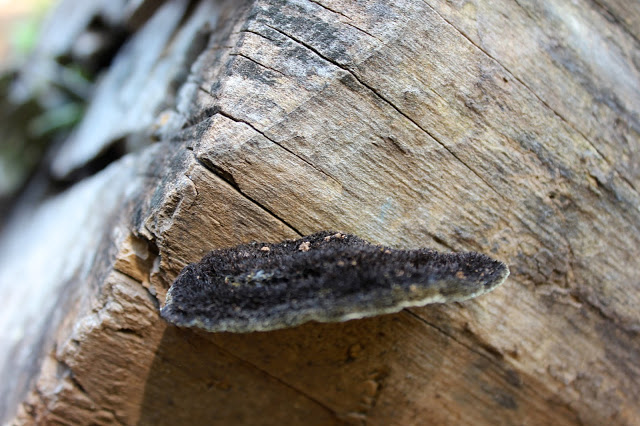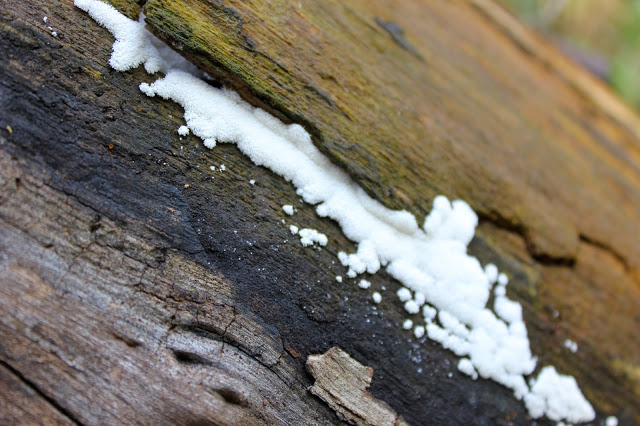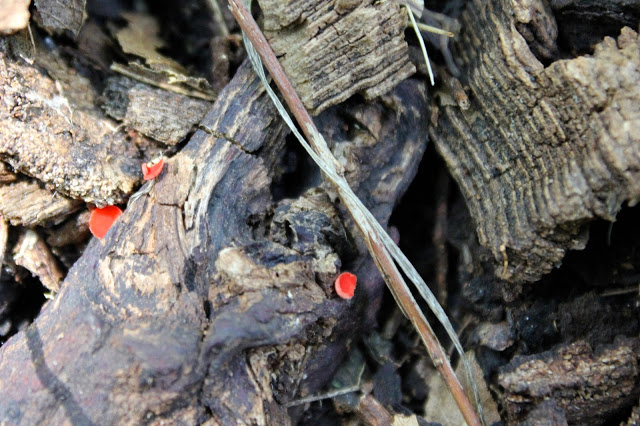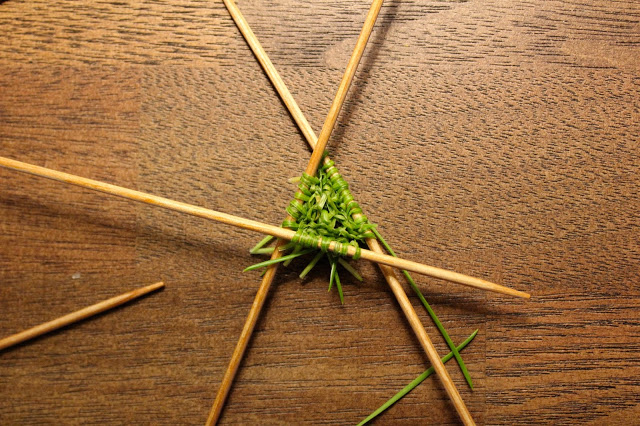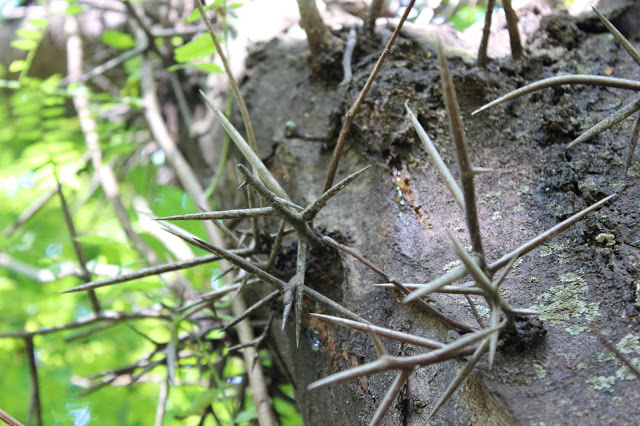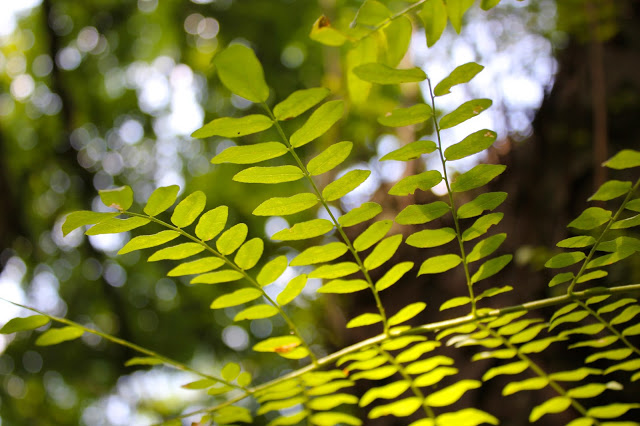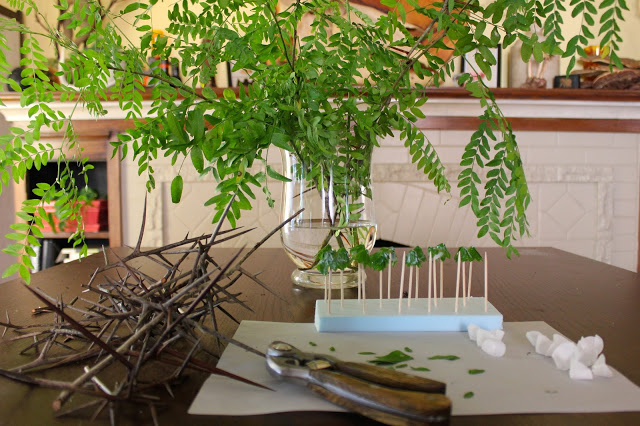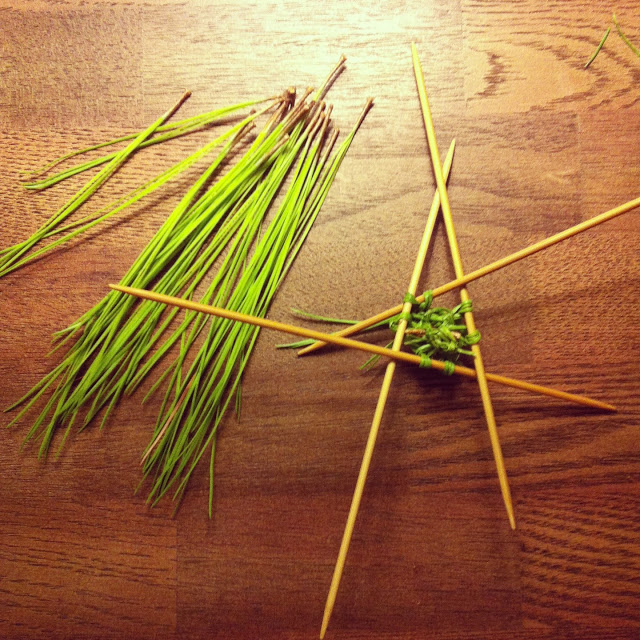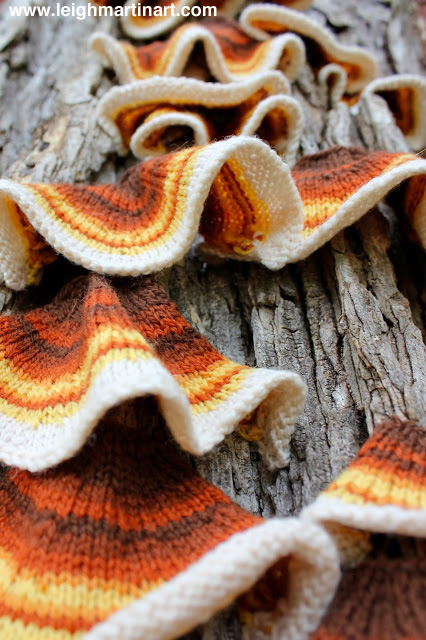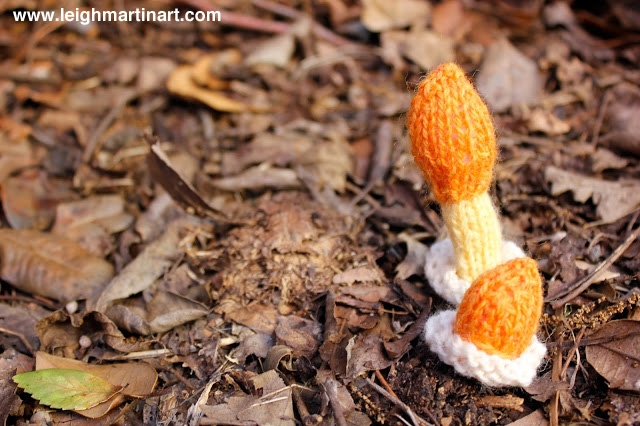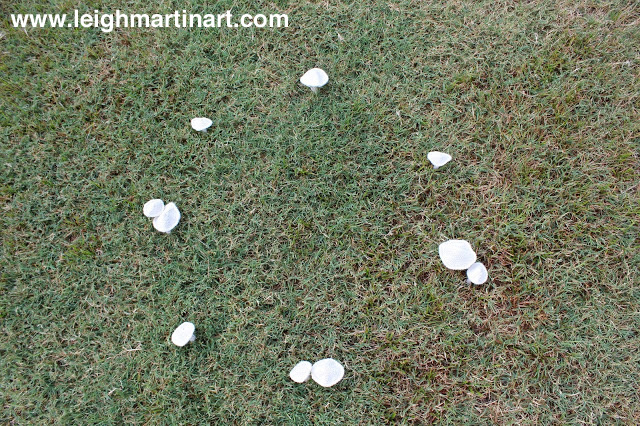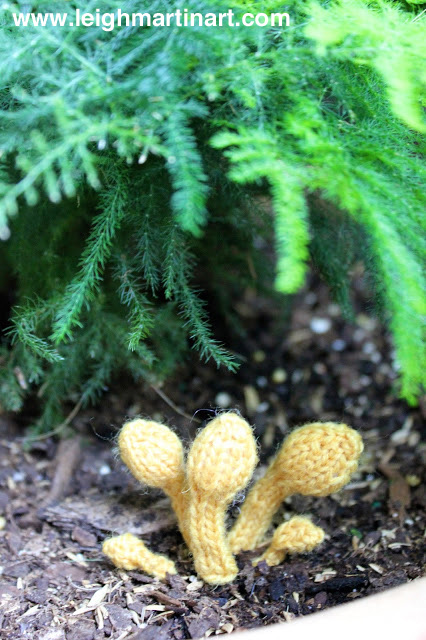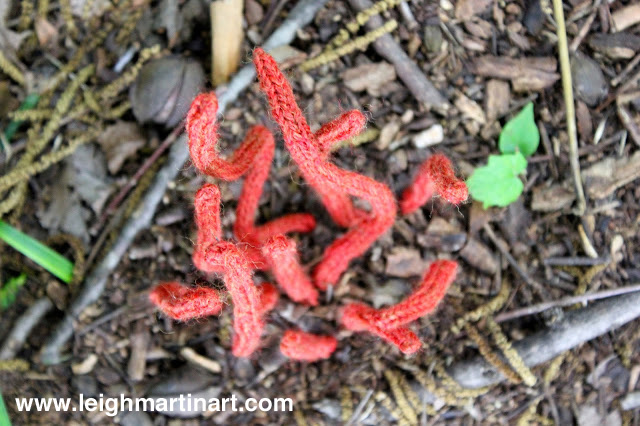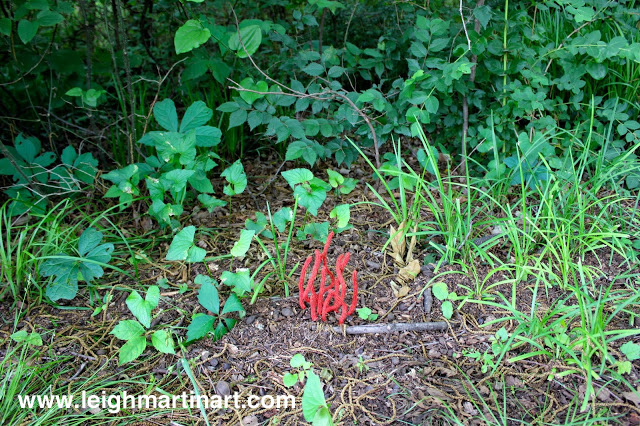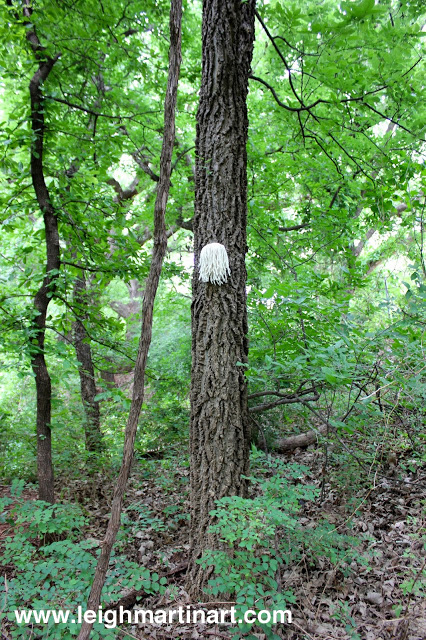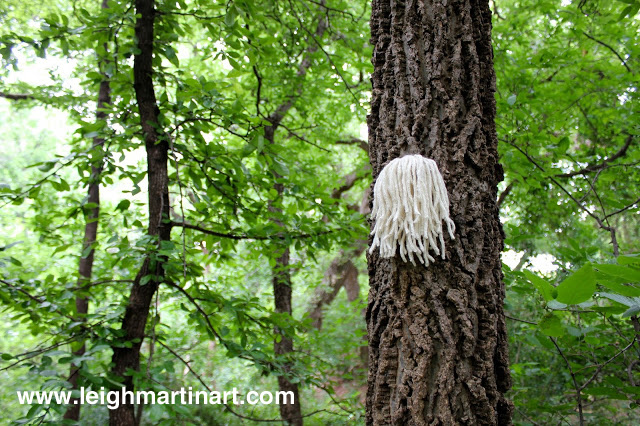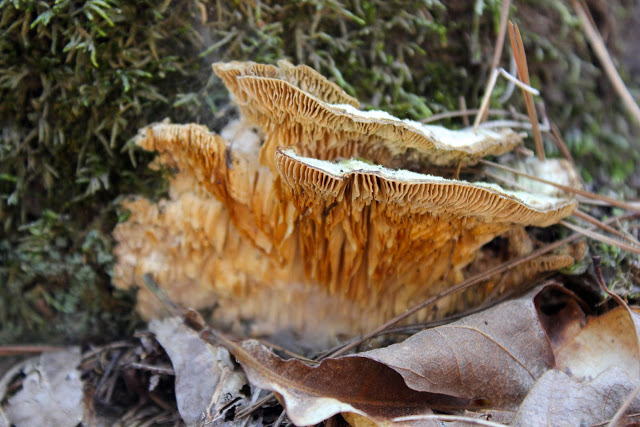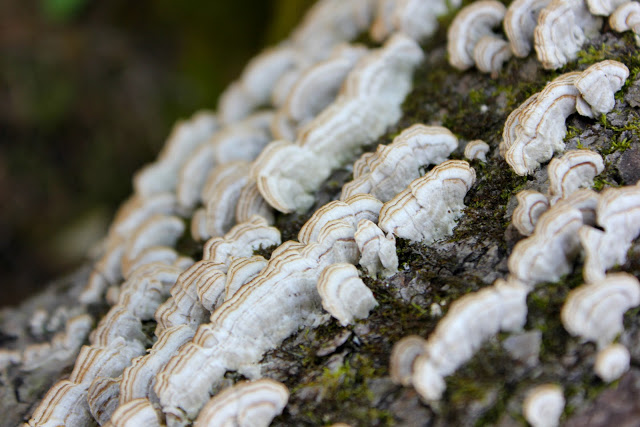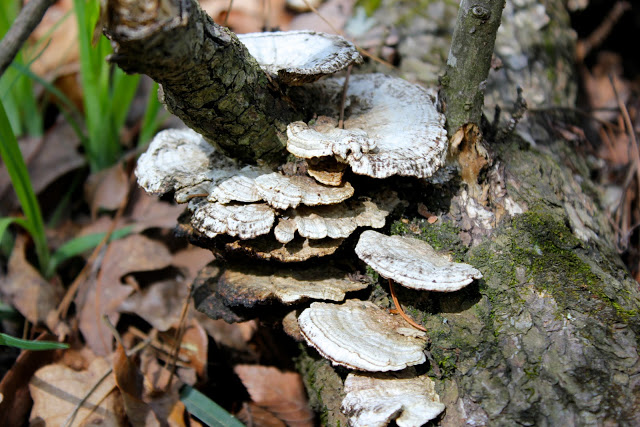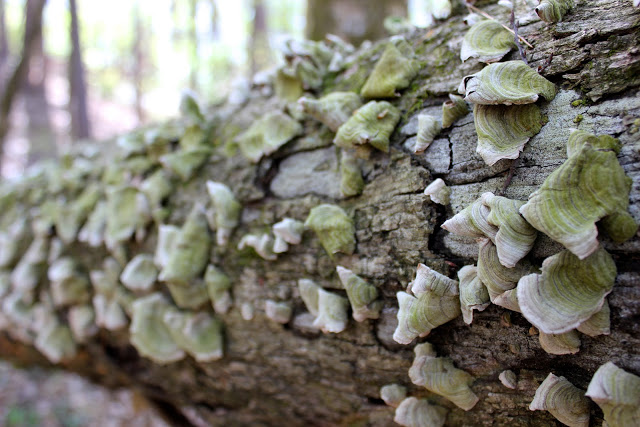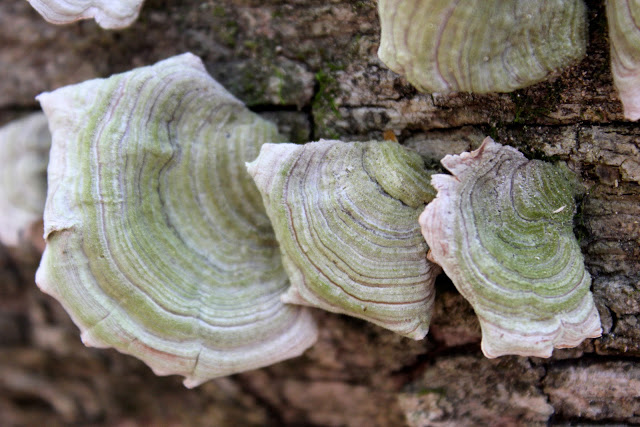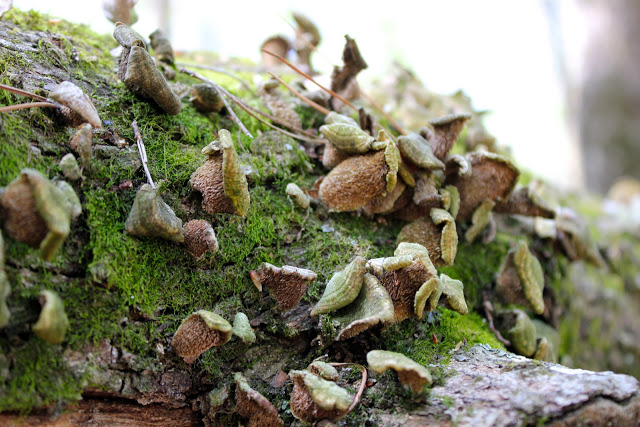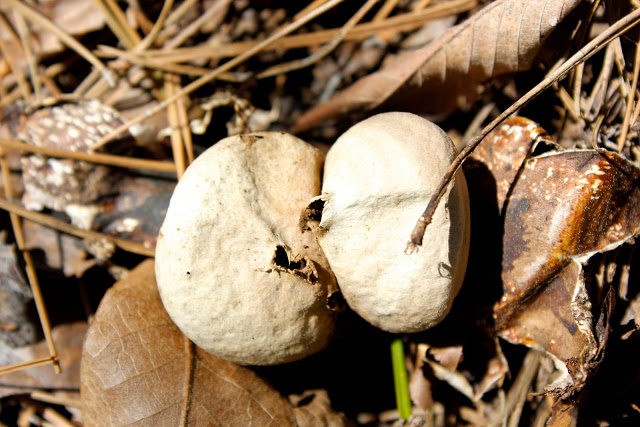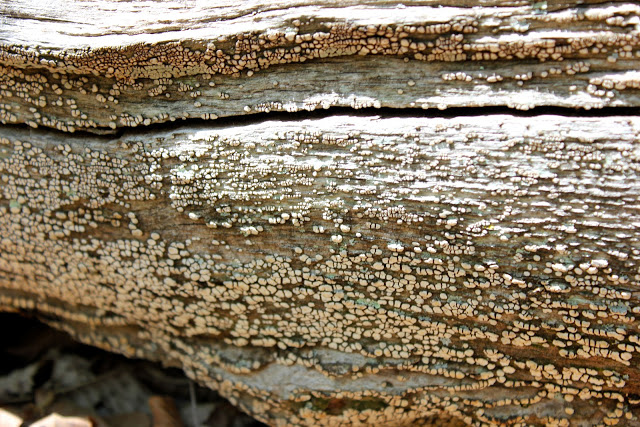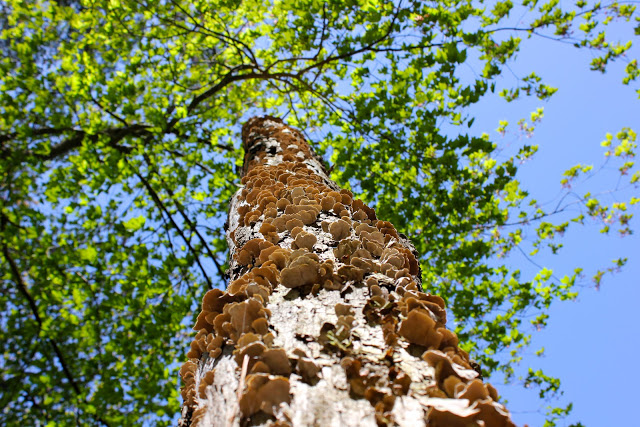The words from the first part of my introduction to this project describe the biogeochemical cycles continuously occurring over time in natural ecosystems. Rarely do we think of a tree as a product of the growth and death of all other trees in that place before it... Perhaps as the offspring of another tree's seed, but rarely as an organism nourished by the same building blocks that it will one day again become... in order to support life going forward.
Saprobia communicates this idea through the representation of a tree as a decomposer organism that would contribute in returning it to the soil to continue the cycle. The project manifests as an installation of various forms of fungi, each constructed from components of a certain species of tree. These saprobic representations of a species connect the viewer's perception to the continuity of forest mineral cycling and the interconnectedness of all organisms in an ecosystem, past and present.
Saprobia poses the question of what is next for the elements that once comprised a plant. How will they contribute to other life going forward? How can so small a thing have such an impact? The balance and interaction within nature transforms into a muse for our rejuvenation and strength.
Photos: 1. dye jars with baldcypress leaves, eastern red cedar heart wood, and black walnut hulls 2. working with honeylocust leaves 3. knitting with seed of cottonwood

